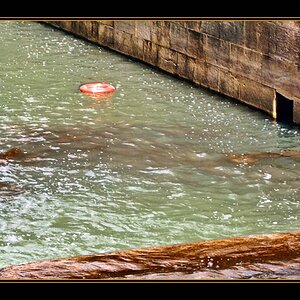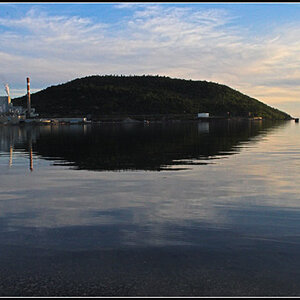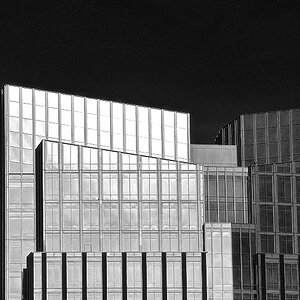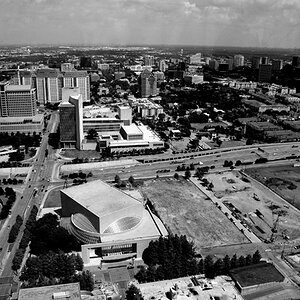clel miller
TPF Noob!
- Joined
- Jun 21, 2015
- Messages
- 51
- Reaction score
- 10
- Can others edit my Photos
- Photos OK to edit
As digital cameras took over, why did so many of them drop the 35mm size.?
Was/Is it expensive to make the sensor in the same footprint as your "typical" film camera.?
Thanks
Was/Is it expensive to make the sensor in the same footprint as your "typical" film camera.?
Thanks



![[No title]](/data/xfmg/thumbnail/40/40285-2ce5915035c220ccb3485030863b62d0.jpg?1619739408)




![[No title]](/data/xfmg/thumbnail/39/39290-dfb3e819bd94a7f30797638ae1ae27cf.jpg?1619738958)
![[No title]](/data/xfmg/thumbnail/40/40284-f59f6230f0d5b9eacf977f8b0392f087.jpg?1619739407)
